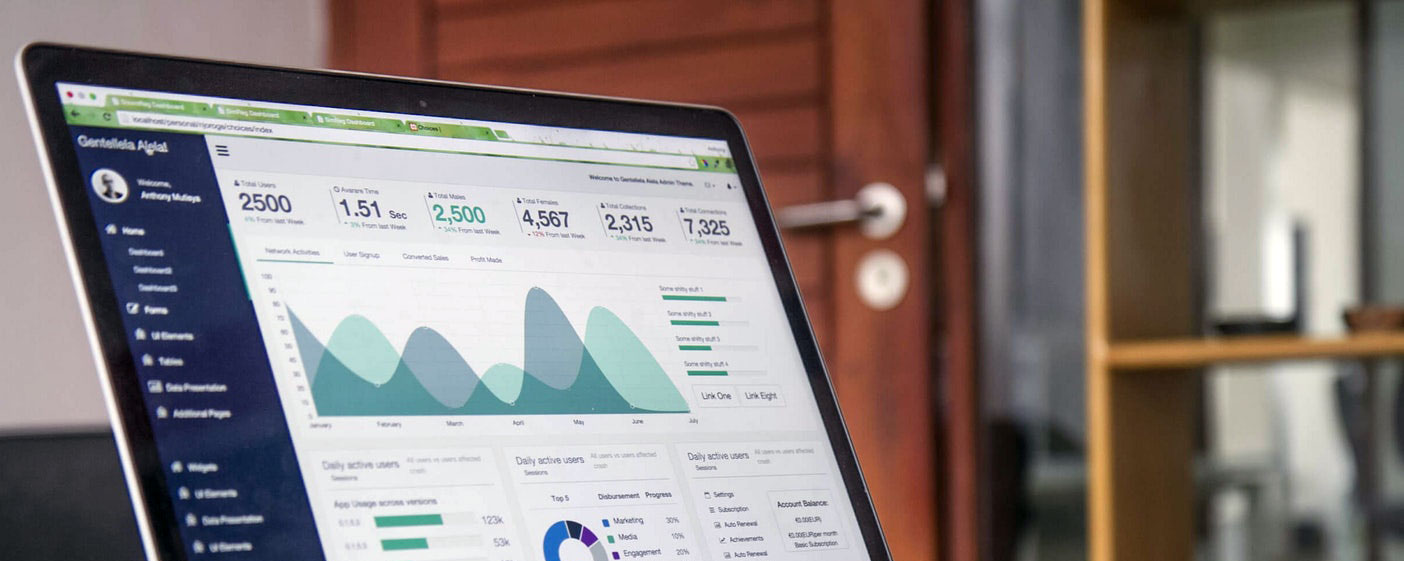.jpg)
🔐 Ultimate Guide to Setting Up Your Trezor Hardware Wallet via trezor.io/start
In the evolving landscape of digital finance, securing your cryptocurrencies is paramount. Trezor hardware wallets, developed by SatoshiLabs, offer a robust solution for safeguarding your digital assets offline. Whether you're a seasoned investor or a newcomer to the crypto world, this guide will walk you through setting up your Trezor device using the official portal: trezor.io/start.
🔐 Ultimate Guide to Setting Up Your Trezor Hardware Wallet via trezor.io/start
In the evolving landscape of digital finance, securing your cryptocurrencies is paramount. Trezor hardware wallets, developed by SatoshiLabs, offer a robust solution for safeguarding your digital assets offline. Whether you're a seasoned investor or a newcomer to the crypto world, this guide will walk you through setting up your Trezor device using the official portal: trezor.io/start.
📦 Unboxing Your Trezor Device
Upon receiving your Trezor package, ensure the following components are present:
-
Trezor Hardware Wallet (Model One or Model T)
-
USB Cable
-
Recovery Seed Cards
-
Instruction ManualTrezor+2Trezor+2trezoriostart.gorgias.help+2trezoriostart.gorgias.help
It's crucial to verify that the packaging is intact and the holographic seal is unbroken to ensure the device hasn't been tampered with.
🖥️ System Requirements
Before proceeding, ensure your computer meets the following requirements:
-
Operating System: Windows 10+, macOS 10.11+, or Linux
-
Browser: Latest version of Chrome or Firefox
-
USB Port: Available USB-A or USB-C port
🚀 Step-by-Step Setup via trezor.io/start
1. Connect Your Trezor Device
Plug your Trezor hardware wallet into your computer using the provided USB cable. The device should power on, displaying the Trezor logo.trezoriostart.gorgias.help
2. Navigate to trezor.io/start
Open your preferred web browser and go to trezor.io/start. This official setup portal will guide you through the initialization process.
3. Install Trezor Suite
Download the Trezor Suite application compatible with your operating system. Trezor Suite is the official desktop interface for managing your Trezor device and cryptocurrencies.
4. Update Firmware
Upon launching Trezor Suite, you'll be prompted to install the latest firmware on your device. Follow the on-screen instructions to complete this step.trezoriostart.gorgias.help
5. Create a New Wallet
After updating the firmware, select "Create New Wallet" within Trezor Suite. This action will generate a new, secure wallet on your Trezor device.Trezor+11trezoriostart.gorgias.help+11Trezor+11
6. Backup Your Recovery Seed
Your Trezor will display a 12, 18, or 24-word recovery seed. Carefully write down these words on the provided recovery seed card. This seed is crucial for recovering your wallet if your device is lost or damaged.Trezor+6trezoriostart.gorgias.help+6Google Sites+6
Important: Never store your recovery seed digitally or share it with anyone.trezoriostart.gorgias.help
7. Set a PIN
Establish a strong, unique PIN to protect your Trezor device from unauthorized access. You'll be prompted to enter and confirm this PIN on the device itself.trezoriostart.gorgias.help
8. Access Your Wallet
With the setup complete, you can now access your wallet through Trezor Suite. Here, you can send, receive, and manage your cryptocurrencies securely.trezoriostart.gorgias.help
🔒 Security Best Practices
-
Keep Your Recovery Seed Secure: Store your recovery seed in a safe, offline location.
-
Regularly Update Firmware: Ensure your Trezor device has the latest firmware to protect against vulnerabilities.
-
Use Official Software: Only use Trezor Suite and other official tools from trezor.io to manage your device.
🌐 Supported Cryptocurrencies
Trezor hardware wallets support a wide range of cryptocurrencies, including:
-
Bitcoin (BTC)
-
Ethereum (ETH)
-
Cardano (ADA)
-
Binance Coin (BNB)
-
Polkadot (DOT)
-
Litecoin (LTC)
-
Ripple (XRP)
-
Stellar (XLM)
-
Monero (XMR)
-
Tezos (XTZ)
-
Dash (DASH)
-
Zcash (ZEC)
-
Dogecoin (DOGE)
-
EOS (EOS)
-
Tron (TRX)
-
NEO (NEO)
-
VeChain (VET)
-
Ontology (ONT)
-
NEM (XEM)
-
Qtum (QTUM)
-
Decred (DCR)
-
Bitcoin Cash (BCH)
-
Ethereum Classic (ETC)
-
Zilliqa (ZIL)
-
ICON (ICX)
-
Wanchain (WAN)
-
Komodo (KMD)
-
Ark (ARK)
-
Lisk (LSK)
-
Stratis (STRAX)
-
Syscoin (SYS)
-
Vertcoin (VTC)
-
Groestlcoin (GRS)
